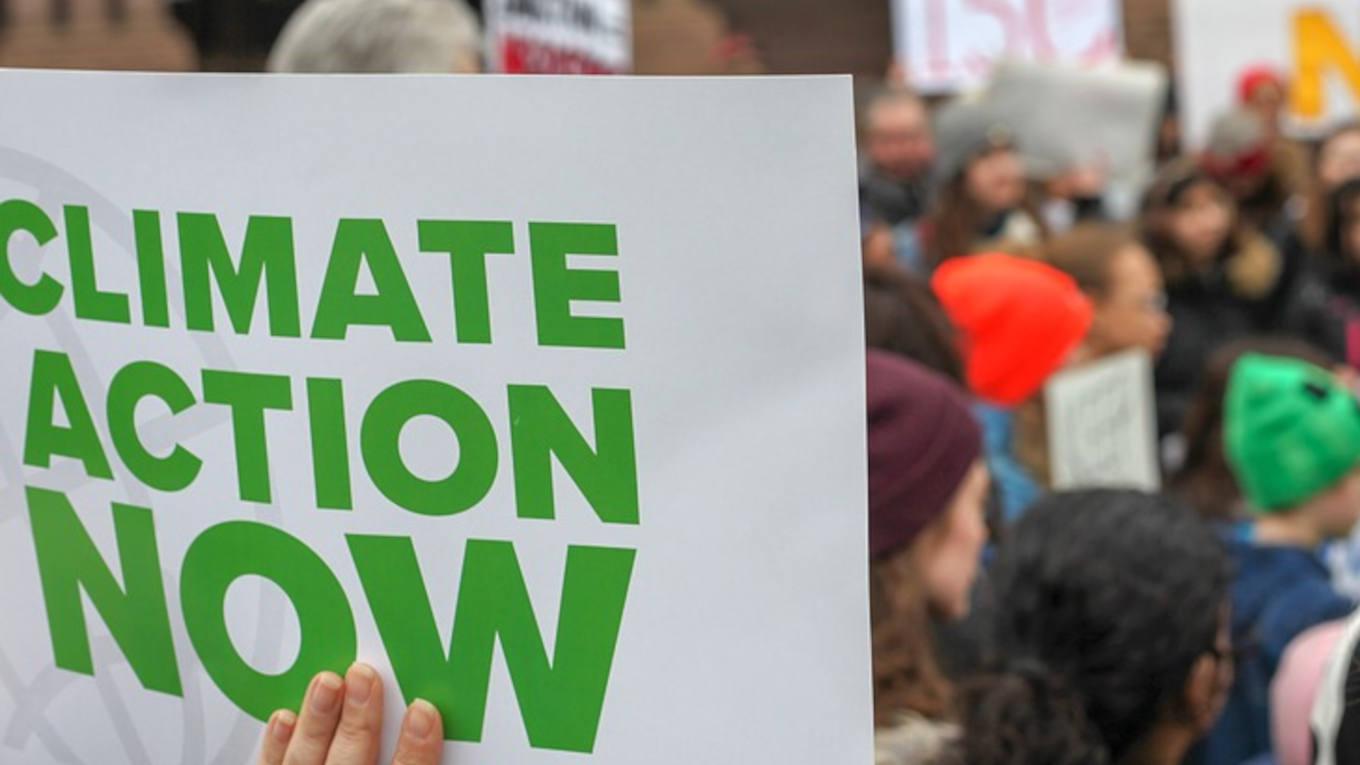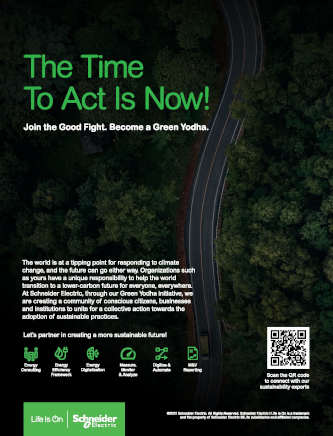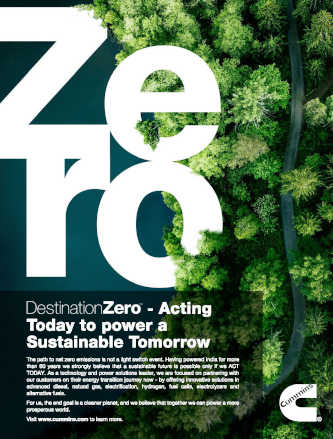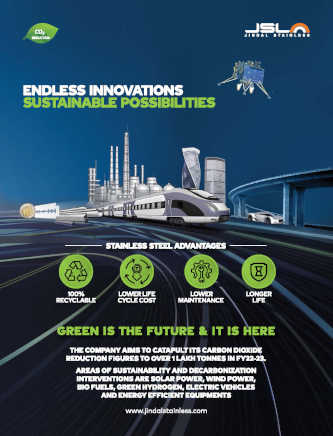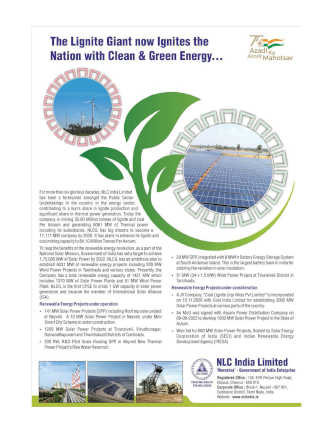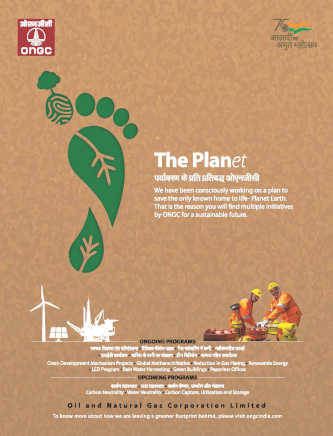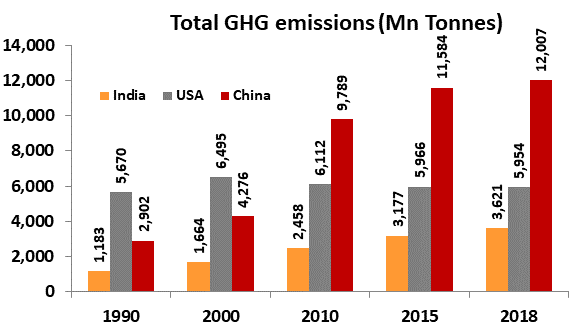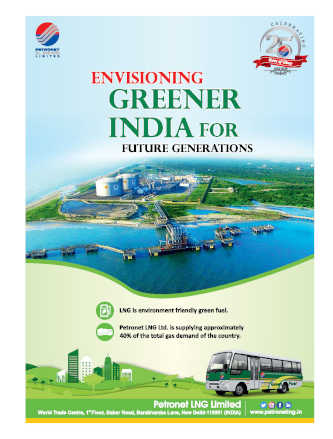By CY 2050, in 29 years, the Paris Climate Accord suggests that, in order to limit the increase in the earth’s temperature to less than 2 degrees Celsius, total GHG emissions have to decline by 33 billion tonnes per annum to 22 billion tonnes per annum, a reduction of 60 per cent from the CY 2018 levels of GHG emission of 55 billion tonnes per annum.
If we wish to limit the increase in the earth’s temperature to less than 1.5 degrees Celsius, total GHG emissions have to decline by 45 billion tonnes per annum to 10 billion tonnes per annum, a reduction of 80 per cent from the CY 2018 levels of GHG emission of 55 billion tonnes per annum.
Many countries and companies in the developed world are committing to be “net zero” by 2050.
Now let’s look at what could happen if the Indian economy continues to grow (which it will) to meet the consumption demands of 1.4 billion people.
If, by CY 2050, the growth in consumption patterns results in India’s per capita GHG emissions rising to the level of the “world average”, then India will add 5.5 billion tonnes per annum of GHG, about 10 per cent of the CY 2018 emissions of 55 billion – and 55 per cent of the 10 billion tpa GHG emission envisaged for a 1.5 C increase in temperature.
If, by CY 2050, India’s per capita GHG emissions was to rise to the level of China then India will add 7.7 billion tonnes per annum of GHG, about 14 per cent of the CY 2018 emissions of 55 billion - and 77 per cent of the 10 billion tpa GHG emission envisaged for a 1.5 C increase in temperature.
If, by CY 2050, India’s per capita GHG emissions were to rise to the level of a developed country like the USA, then India will add 28 billion tonnes per annum of GHG, about 38 per cent of the CY 2018 emissions of 55 billion - and 280 per cent of the 10 billion tpa GHG emission envisaged for a 1.5 C increase in temperature.
One country, alone, could make our planet a dangerous place for humanity.
In summary, if humanity wishes to have a sensible opportunity to survive on Planet Earth (the planet will survive without us, not to worry!), there is a need to focus on India and, eventually, the other developing nations each of whom has the ambition to mimic the consumption patterns of the developed world and China.
Which leads us to the “Who will pay – and how will this be funded?”
The less-developed counties do not have the capital to invest the estimated annual USD 2.5 trillion required to get the planet on a more balanced path to economic development.
Some projects may be too risky for private capital to implement alone. The ongoing experience with COVID where governments funded the development of the vaccines to fight the pandemic, suggest that – when there is a will, the governments and markets will find a way for a mutually beneficial partnership.
While the tragedy of deaths from COVID can be - and are being - measured in real-time and occupies our consciousness, a planet at risk from the long term impact of climate change – or mounting social inequality - does not make the daily news shows or bombard the millions of digital screens with the same regularity as the COVID fatality rates.
While COVID has indeed been declared as Public Enemy #1, Climate Change does not have this concentrated and majority focus.
With global GDP at around USD 80 trillion, multiply that for years into the future, discount that to get a Net Present Value - and the USD 2.5 trillion annual price tag for climate survival seems affordable and far less than the cost of buying health insurance as a percentage of a family’s annual income.
The existing pools of capital with the Sovereign Wealth Funds (SWFs) and Pensions may be a part of the solution. Global wealth is estimated to be over USD 250 trillion. About USD 100 trillion is under the control of SWFs, pensions, endowments and the Top 100 wealthiest individuals who inhabit Planet Earth. Their mandate and time horizons are long term and inter-generational.
If the owners of this pool of USD 100 trillion were to allocate 1 per cent of their capital each year for three years as catalyst investors, the world would have access to the required capital needed for investment and successfully shift to a cleaner carbon and lower GHG world.
The creation of a Save The World allocation bucket where 1 per cent of the total pool of capital of a SWF, a pension, and the Family Office of the Top 100 Wealthiest Individuals whose mandate would be to invest in technologies and ideas that can potentially avert a global crisis would cut across silos and provide capital where required.
To know more about why developing countries are more relevant in any Climate Change discussions and how asset allocators should rethink allocations, please click on the link to watch the interactive interview.
The author is Founder, EquityMaster and Quantum AMC
